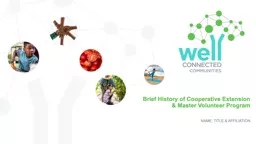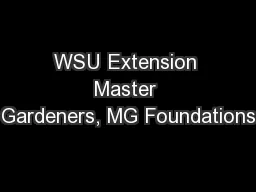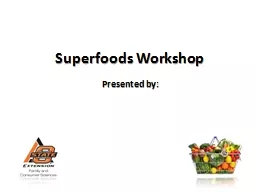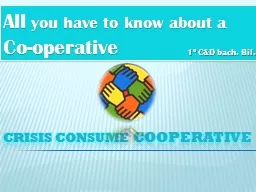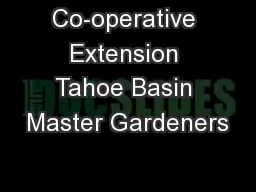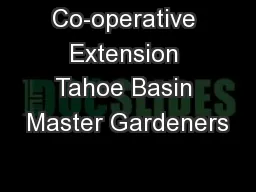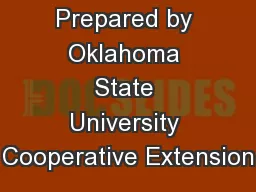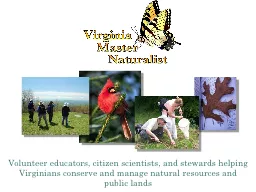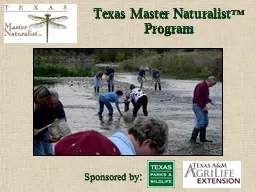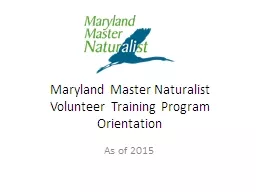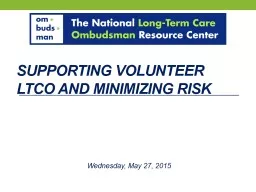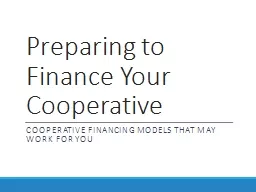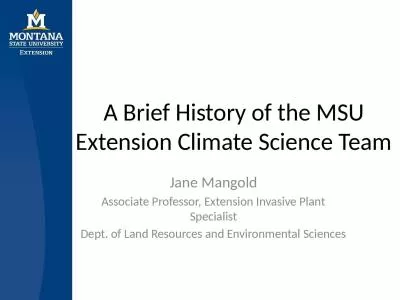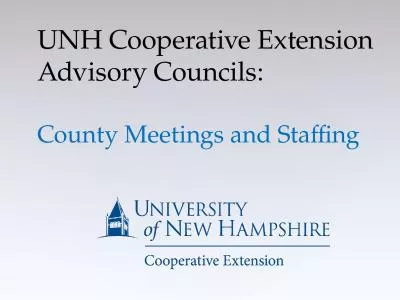PPT-Brief History of Cooperative Extension & Master Volunteer Program
Author : test | Published Date : 2019-06-29
NAME TITLE amp AFFIliation Objectives Landgrant Colleges and Universities Cooperative Extension System Master Volunteer Program Discussion and Whats Next 2 Image
Presentation Embed Code
Download Presentation
Download Presentation The PPT/PDF document "Brief History of Cooperative Extension &..." is the property of its rightful owner. Permission is granted to download and print the materials on this website for personal, non-commercial use only, and to display it on your personal computer provided you do not modify the materials and that you retain all copyright notices contained in the materials. By downloading content from our website, you accept the terms of this agreement.
Brief History of Cooperative Extension & Master Volunteer Program: Transcript
Download Rules Of Document
"Brief History of Cooperative Extension & Master Volunteer Program"The content belongs to its owner. You may download and print it for personal use, without modification, and keep all copyright notices. By downloading, you agree to these terms.
Related Documents

